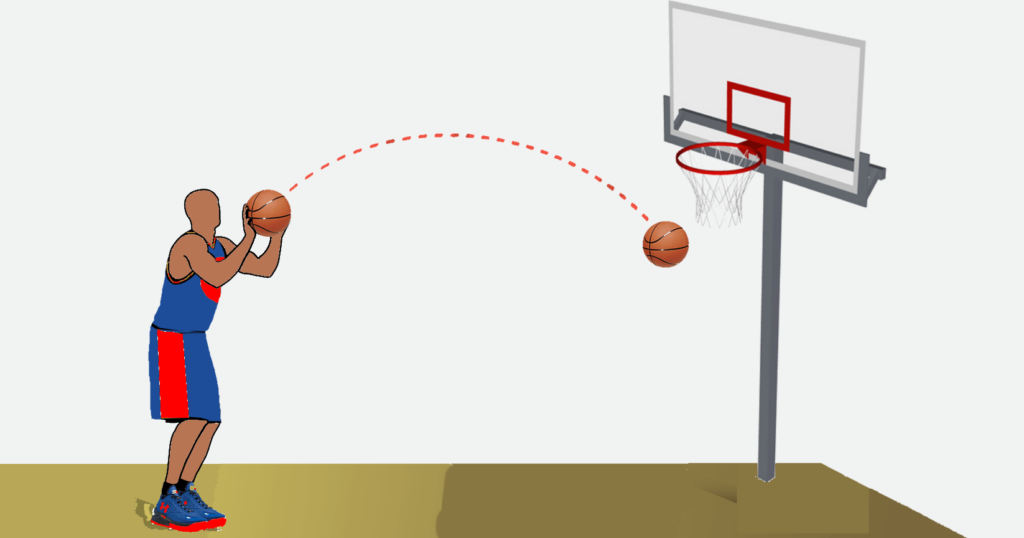Hey guys, we need to talk about foul shots.
In Tech’s one point loss last night, the Bulldogs were only 17-for-25 (68%) from the line, but what truly hurt was when the those shots were missed. With 2:36 remaining, DaQuan Bracey missed the front half of a one-and-one that would have tied the game at 60. Had he made the first shot, Bracey could have taken the lead with the second.
Then, with 1:52 left with the same score, the same player headed back to the same line, this time for two shots. So even if Bracey missed the first shot, he would get another chance.
He missed both.
But somehow, miraculously, Tech was able to take a one point lead: 63-62. With 27 seconds remaining, Amorie Archibald headed to the foul line to shoot another one-and-one. If he made both, the Monarchs would have to sink a three-pointer to send it into overtime.
But Archibald missed the first shot.
Old Dominion got the rebound and regained the lead with 18 seconds. After two missed three-pointers from Archibald, the game was over. Tech had lost.
There are fourteen teams in this great conference of ours [citation needed], and it should surprise nobody that Tech ranks 14th in C-USA at free throw percentage: 61.3%.
Not great, Bob.
Missing this many foul shots is especially maddening because we like to think of free throws as automatic. I mean, how hard could it really be I ask from a literal armchair?
Marshall leads the conference in free throw percentage, but they’ve only shot at a 79.0% rate in conference play. Even the best team in the country (Hofstra) at shooting free throws only shoots 80.5%.
So although Tech missed 8 of the 25 free throws last night, even the best team on average still misses five (of those 25). But then again, Tech could have really used those three extra points in the one point loss.
So we can point to foul shooting as the reason for the loss (like the Bears can at Cody Parkey), but what about Tech’s other losses this year? If Tech shot at about 80% from the line like Marshall does, would it have made a difference?
Well, let’s do some math (hurray!):

This method isn’t perfect, because it assumes nothing else changes when Tech shoots better, but between North Texas and Old Dominion, we can blame two losses directly on foul shooting.
Another thing to point out is that basketball is a team sport. While we can say Tech is bad at free throws, it helps to know who the main culprits are:

Although this chart is shorted by free throw percentage, the first thing you should look at is the amount of free throw attempts. Duruji, Bracey, and Powell rank 1-2-3 on this team for the most trips to the foul line.
So it’s a bit disconcerting to see the #1 and #2 in that 1-2-3 at the bottom of this chart. The third most frequent foul shooter, Powell, mostly plays from under the rim, so I’d be more sympathetic if he struggled from the line, but the big man is closer to the top of the chart.
Oh, and although the sample size is small, the top two free throw shooters on this list are out indefinitely and may not return this year.
So if we’re pointing fingers, the two main culprits are Duruji and Bracey. These are two of Tech’s best playmakers, but if the Bulldogs want any shot at a C-USA tournament run, both have to start being able to cash in on the easiest play in basketball.


Pingback: Hoops Check-in: The All is Lost Moment – gtpdd